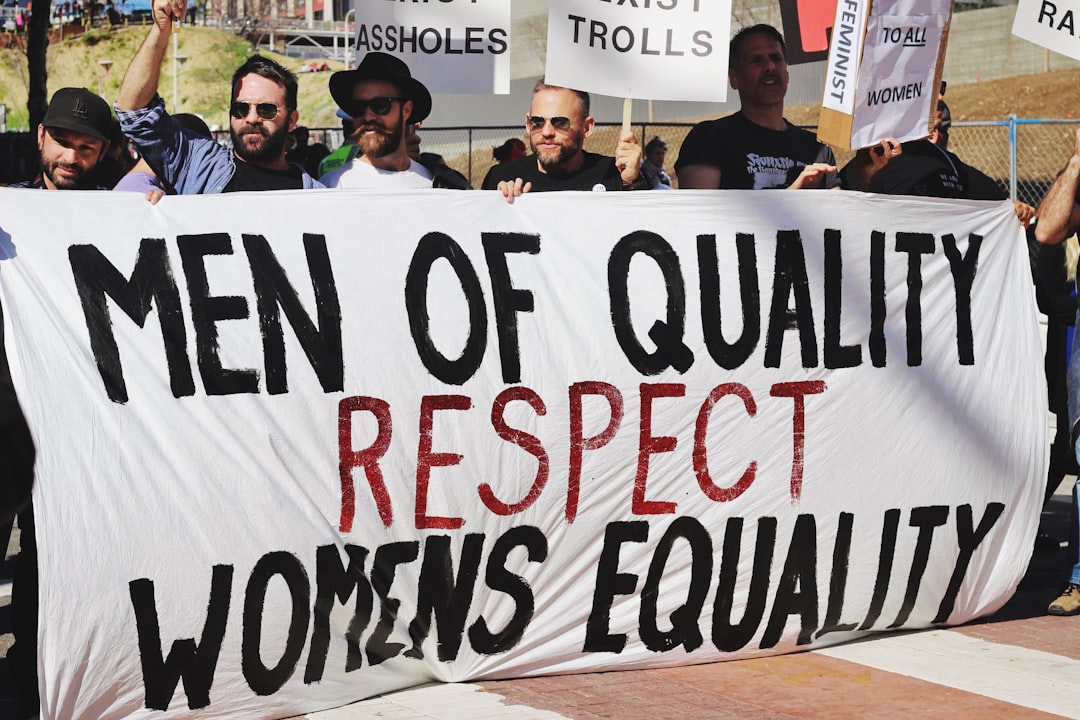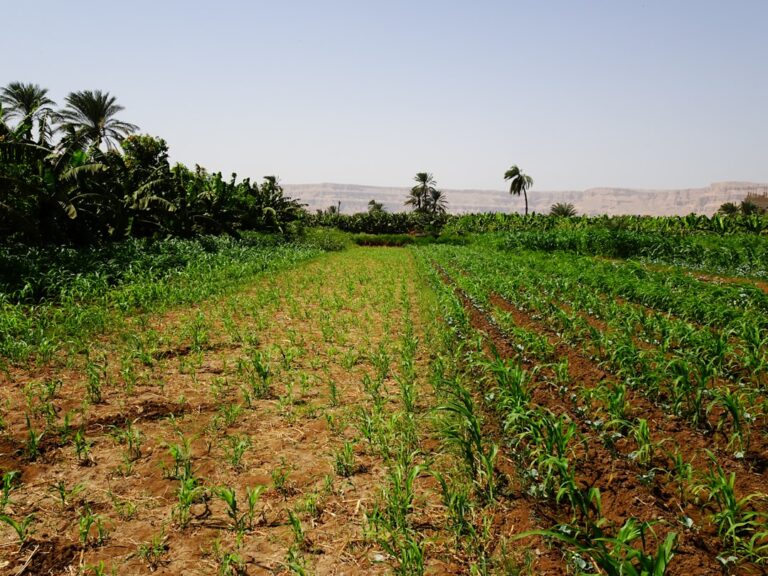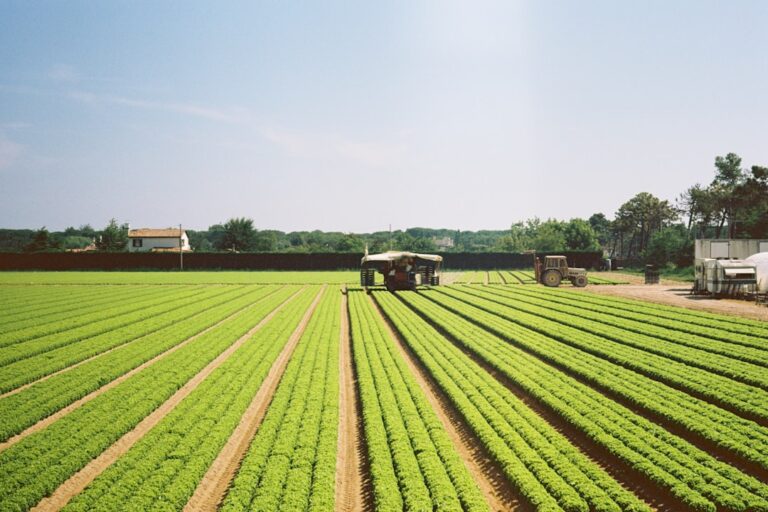Peasant uprisings have been a recurring theme throughout history, often serving as a barometer for the socio-economic and political climate of a given era. These revolts, typically characterized by the collective action of agrarian communities against oppressive structures, reveal the underlying tensions that can exist between the ruling elite and the peasantry. From the Jacquerie in 14th-century France to the Taiping Rebellion in 19th-century China, these uprisings are not merely isolated incidents but rather manifestations of deeper systemic issues.
They often arise from a confluence of economic hardship, political disenfranchisement, social inequality, and religious strife, each contributing to a volatile environment ripe for rebellion. The motivations behind peasant uprisings are complex and multifaceted. While they may appear spontaneous, these revolts are often the culmination of long-standing grievances that have festered over time.
The historical context surrounding each uprising is crucial for understanding the specific triggers that lead to collective action. In many cases, these movements are not just reactions to immediate crises but are also informed by a broader narrative of resistance against oppression. By examining the various causes of peasant uprisings, one can gain insight into the intricate web of factors that compel ordinary people to rise against their rulers.
Key Takeaways
- Peasant uprisings have been a recurring phenomenon throughout history, often driven by a combination of economic, political, social, and religious grievances.
- Economic grievances, such as high taxes, unfair land distribution, and economic hardship, have been a major cause of peasant uprisings.
- Political grievances, including oppressive rulers, lack of representation, and corruption, have also fueled peasant uprisings.
- Social grievances, such as class inequality, exploitation, and lack of social mobility, have contributed to the outbreak of peasant uprisings.
- Religious causes, such as religious persecution, suppression of religious practices, and religious inequality, have also played a significant role in sparking peasant uprisings.
Economic Grievances as a Cause of Peasant Uprisings
Disparity and Discontent
This disparity can lead to widespread discontent, particularly when external factors such as famine, drought, or rising taxes exacerbate existing hardships. For instance, during the Great Famine in France (1315-1317), widespread crop failures led to soaring food prices and increased taxation, igniting the Jacquerie revolt in 1358 as peasants sought to reclaim their rights and livelihoods.
The Burden of Feudal Obligations
Moreover, the burden of feudal obligations often weighs heavily on peasant communities. In many feudal systems, peasants were required to provide labor or a portion of their harvest to landowners in exchange for protection and the right to work the land. However, as economic conditions deteriorated, these obligations became increasingly untenable.
A Broader Desire for Economic Justice
The English Peasants’ Revolt of 1381 is a prime example; it was fueled by rising taxes imposed to fund wars and the oppressive nature of serfdom. The revolt was not merely a reaction to immediate economic pressures but also reflected a broader desire for economic justice and autonomy.
Political Grievances as a Cause of Peasant Uprisings

Political grievances are another significant factor that can incite peasant uprisings. The lack of political representation and voice in governance often leads to feelings of disenfranchisement among rural populations. In many historical contexts, peasants were subject to the whims of local lords or monarchs who wielded absolute power without accountability.
This lack of political agency can create a sense of helplessness that ultimately drives communities to revolt. The Peasants’ War in Germany (1524-1525) exemplifies this dynamic; fueled by both economic hardship and a desire for political reform, peasants sought to challenge the authority of both feudal lords and the church. Additionally, political instability can create an environment conducive to uprisings.
When central authority weakens or becomes corrupt, local power structures may become more oppressive, prompting peasants to take matters into their own hands. The Russian Revolution of 1917 provides a stark illustration of this phenomenon. As World War I ravaged the country and economic conditions deteriorated, discontent grew among peasants who were frustrated with their lack of land ownership and political representation.
The Bolshevik promise of land reform resonated deeply with rural populations, leading to widespread support for revolutionary change.
Social Grievances as a Cause of Peasant Uprisings
Social grievances also play a crucial role in igniting peasant uprisings. The stratification of society into distinct classes often breeds resentment among those at the bottom. Peasants frequently find themselves marginalized not only economically but also socially, facing discrimination and exclusion from the privileges enjoyed by the elite.
This social hierarchy can lead to a sense of collective identity among peasants, fostering solidarity that can be mobilized for collective action. The Haitian Revolution (1791-1804) serves as a powerful example; enslaved Africans and free people of color united against colonial oppression, driven by both social injustice and the desire for autonomy. Moreover, cultural factors can exacerbate social grievances.
In many societies, traditional customs and practices are deeply intertwined with social status and power dynamics.
The Zapatista uprising in Mexico (1994) illustrates this point; indigenous communities rose against neoliberal policies that threatened their land rights and cultural heritage.
Their struggle was not only about economic justice but also about preserving their identity and way of life in the face of encroaching globalization.
Religious Causes of Peasant Uprisings
Religious factors can also serve as significant motivators for peasant uprisings, particularly in societies where religion plays a central role in daily life and governance. When religious institutions align with oppressive political regimes or when religious minorities face persecution, discontent can quickly escalate into rebellion. The Peasants’ War in Germany was not only driven by economic and political grievances but also by religious fervor; many peasants were inspired by Martin Luther’s call for reform within the church and sought to apply these principles to their own struggles against feudal oppression.
In some cases, religious movements have provided a framework for organizing resistance against injustice. The Taiping Rebellion in China (1850-1864) is a notable example where religious ideology fueled a massive uprising against the Qing dynasty. Led by Hong Xiuquan, who claimed to be the younger brother of Jesus Christ, the Taiping movement sought to establish a new order based on Christian principles while addressing widespread poverty and corruption.
This blending of religious fervor with socio-political aspirations created a powerful impetus for rebellion that resonated with millions.
Understanding the Complexity of Peasant Uprisings

Understanding the Multifaceted Nature of Peasant Uprisings
Peasant uprisings are complex and multifaceted, rarely driven by a single cause. Instead, they emerge from an intricate interplay of economic, political, social, and religious factors. Each uprising reflects the unique historical context in which it occurs, shaped by local conditions and broader global trends. Understanding these dynamics is essential for comprehending not only past revolts but also contemporary movements that echo similar grievances.
Lessons from the Past for a More Just Future
As societies continue to grapple with issues of inequality and injustice, the lessons learned from historical peasant uprisings remain relevant today. They remind us that when marginalized communities are pushed to their limits—whether through economic exploitation, political disenfranchisement, social inequality, or religious persecution—collective action can emerge as a powerful force for change.
A Nuanced Lens on the Quest for Justice
By examining these uprisings through a nuanced lens, we can better appreciate the struggles faced by ordinary people throughout history and recognize the enduring quest for justice that transcends time and place.
If you are interested in exploring the relationship between sociology and other social sciences, you may find the article The Relationship of Sociology with Other Social Sciences to be a fascinating read. This article delves into how sociology interacts with disciplines such as psychology, anthropology, and economics, shedding light on the interconnected nature of the social sciences. Understanding these relationships can provide valuable insights into the complexities of human behavior and societal structures, which are also key components in analyzing the categories of peasant uprisings as discussed in the original article.
FAQs
What are the main categories of peasant uprisings?
The main categories of peasant uprisings are economic, social, and political. Economic uprisings are driven by issues such as high taxes, food shortages, and unfair labor practices. Social uprisings are motivated by grievances related to land ownership, serfdom, and social inequality. Political uprisings are sparked by dissatisfaction with the ruling government or monarchy.
What are examples of economic peasant uprisings?
Examples of economic peasant uprisings include the French Jacquerie in 1358, the German Peasants’ War in 1524-1525, and the Russian Serf Uprisings in the 19th century. These uprisings were primarily driven by economic hardships such as high taxes, food scarcity, and oppressive labor conditions.
What are examples of social peasant uprisings?
Examples of social peasant uprisings include the English Peasants’ Revolt in 1381, the Cossack Uprisings in Ukraine in the 17th century, and the Chinese Boxer Rebellion in 1899-1901. These uprisings were fueled by grievances related to land ownership, serfdom, and social inequality.
What are examples of political peasant uprisings?
Examples of political peasant uprisings include the German Peasants’ War in 1524-1525, the Russian Revolution of 1905, and the Mexican Revolution in 1910. These uprisings were motivated by dissatisfaction with the ruling government or monarchy, and a desire for political reform or revolution.























+ There are no comments
Add yours